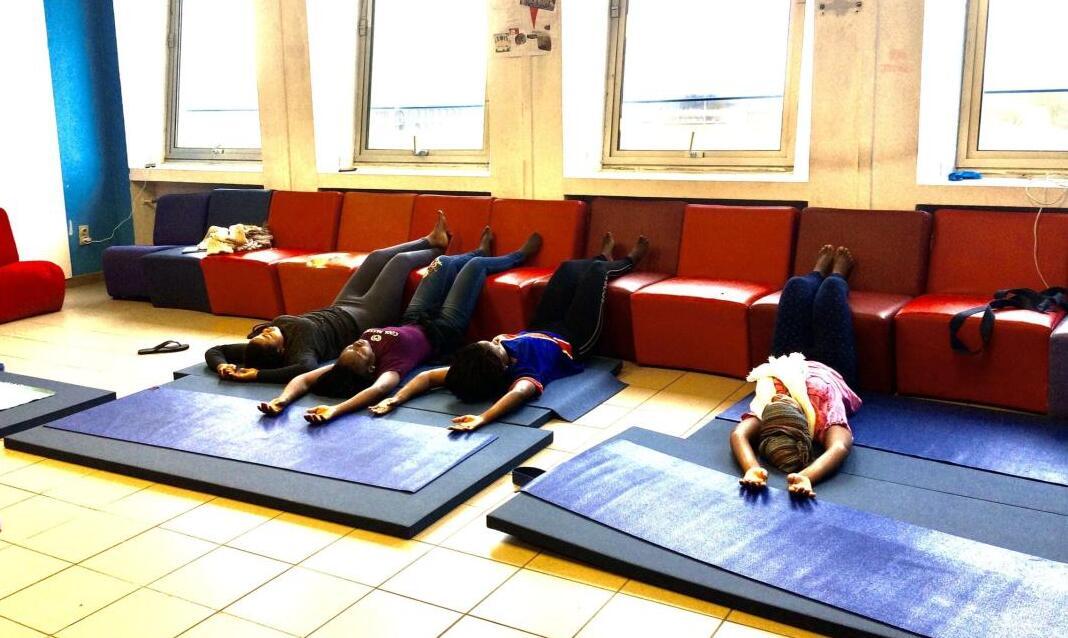Thank you for the response to my last letter. The subject apparently hit a raw nerve, just like Pain does. Some wrote back describing their history of dealing with pain. One of the most devious forms for pain is the preemptive one, which is based on a memory of an accident, surgery, or illness. Think of how long after fractured rib has healed, we recoil as we are about to sneeze. It will no longer hurt, but the memory of how it once felt remains painful.
I’ve started to analyse my own reflex in instinctively withdrawing from certain motions or postures, not because they hurt right now, but because of my expectations. The memory of pain creates fear which limits our range of motion. It means we replicate the historic notion of pain like a pre-emptive strike, and react well ahead of the actual incident. It can be just as painful.
The other day, I sat in baddha konasana, bound angle pose, in the Iyengar studio where I train, when the teacher told us to cross the ankles after having pushed the soles of the feet together, like in the classical pose. I grimaced at the mere thought of this position. It sent slight shivers of discomfort through my body. I knew how uncomfortable and painful it would be on my bony and partly malformed right ankle. But I’m a dutiful and submissive student, (yes, I am) and actually quite courageous, (because it takes courage to overcome fear) so I did what she told me to, covering the mat with a blanket, to cushion the contact, and lo and behold. It didn’t hurt. I didn’t enjoy it, but it didn’t hurt.
BKS Iyengar’s harsh, almost Lutheran, view on Pain features in his last book, Light on Life, which he wrote in his 80s as a testament to his work. His threshold for pain acceptance was much higher than mine, (although mine is quite high). He claims that there is no progress in your practice without pain. Maybe so, but I prefer the expression of one of my earlier teachers, Sash Missaghi. He said you have to go into the “zone of action”, in each asana.
The cramps we get during yoga create a strong imprint in our memory of pain. Certain postures which involve rarely solicited muscles can provoke a cramp and going into that zone of action is pretty scary, as you wait for the cramp to appear.
I’ve stopped saying “breathe into the discomfort” to one student and friend, who often gets cramps. She finds it irritating and probably a bit condescending. I can see that, but a measured breath nevertheless takes you a long way towards relaxation, and release of the cramp. Avoidance is the easy way out, but it means that this specific muscle or group of muscles will remain untrained.
This summer I often developed a cramp in the muscle that runs along my shin bone, which was a novelty to me. I didn’t even know I had muscle there. It’s the anterior tibial muscle which locked itself with unpredictability. I couldn’t see which move provoked the cramp. It passed, but the memory of it is still there.
We are definitely on the yogic path of self-knowledge when we encounter our own fears. The lesson might be to try to meet the fear of potential pain with the sober, cool mindset of the observer.
Warm regards,
Emily
